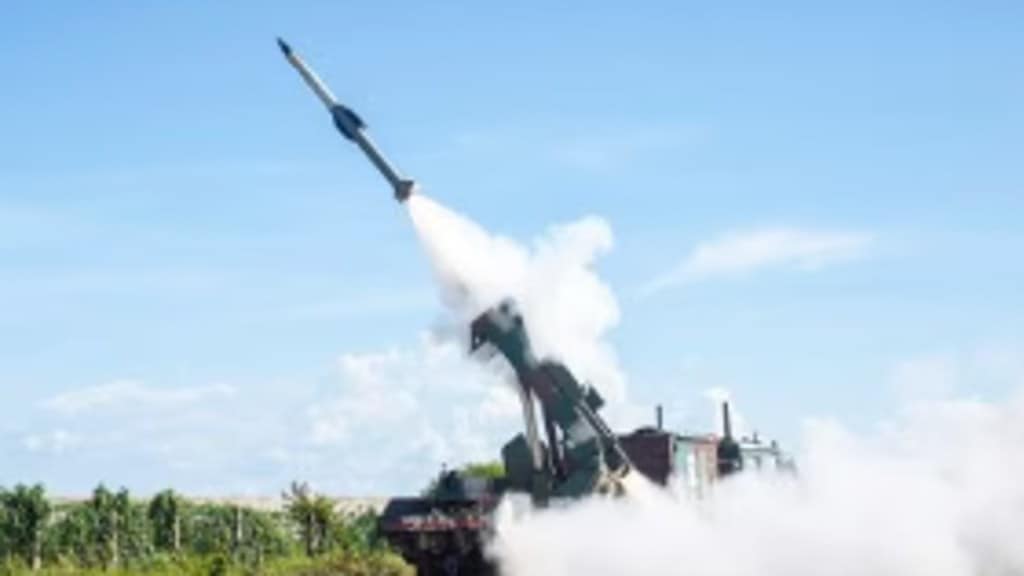India is set to test-fire its latest indigenous air defence system, SAMAR 2 (Surface-to-Air Missile for Assured Retaliation), by December 2024. Developed by the Indian Air Force (IAF) in collaboration with industry partners, SAMAR 2 boasts a range of nearly 30 kilometres and aims to bolster India’s air defence capabilities.
About SAMAR
The new system builds on the success of its predecessor, SAMAR 1, which has already been inducted into the IAF. SAMAR 1, with a range of 8 kilometres, utilises the Russian-origin R-73E air-to-air missile, repurposed for surface-to-air operations. SAMAR 2, on the other hand, is equipped with the more advanced R-27 missile, extending its reach and effectiveness against a variety of aerial threats, including fighter jets, helicopters, and unmanned aerial vehicles (UAVs).
What makes the SAMAR systems unique is their innovative use of air-to-air missiles that are past their shelf life, rendering them unsafe for aerial launch but still effective when used in a surface-to-air capacity. This approach not only extends the utility of these missiles but also provides a cost-effective solution for enhancing India’s air defence.
India’s pursuit of advanced air defence systems doesn’t stop with SAMAR 2. The country is also developing an indigenous long-range surface-to-air missile system under the Defence Research and Development Organisation (DRDO)’s Project Kusha. Expected to be operational within the next four to five years, this system will have a maximum range of 350 kilometres, significantly extending India’s defensive reach.
China’s HQ-9
China, India’s neighbouring rival, has also been investing heavily in similar technologies. The Chinese military’s HQ-9 air defence system, for example, is comparable to the Russian S-300 and has a range of up to 200 kilometres. Additionally, China has developed the HQ-22 system, which can engage multiple targets at various ranges and altitudes, showcasing its commitment to maintaining a robust and technologically advanced air defence network.
The development and upcoming testing of SAMAR 2 mark a significant step in India’s efforts to enhance its air defence capabilities, positioning the country alongside global powers like China in terms of military readiness and technological advancement.

